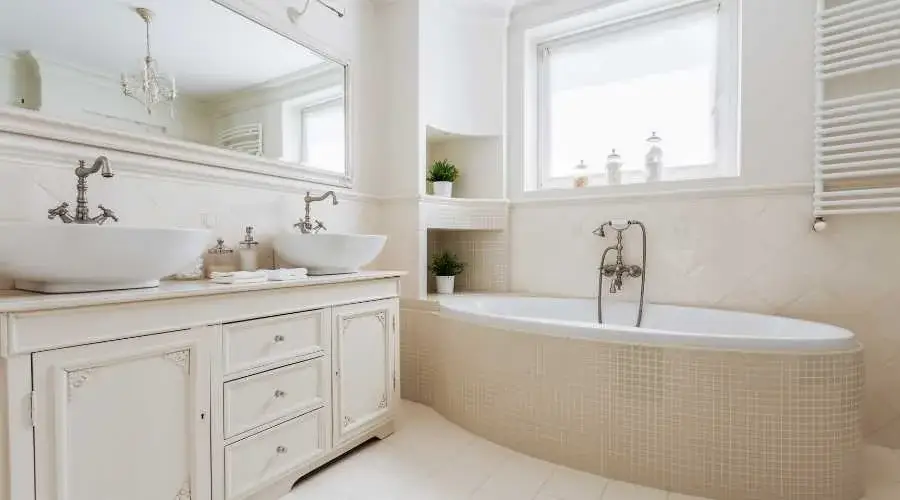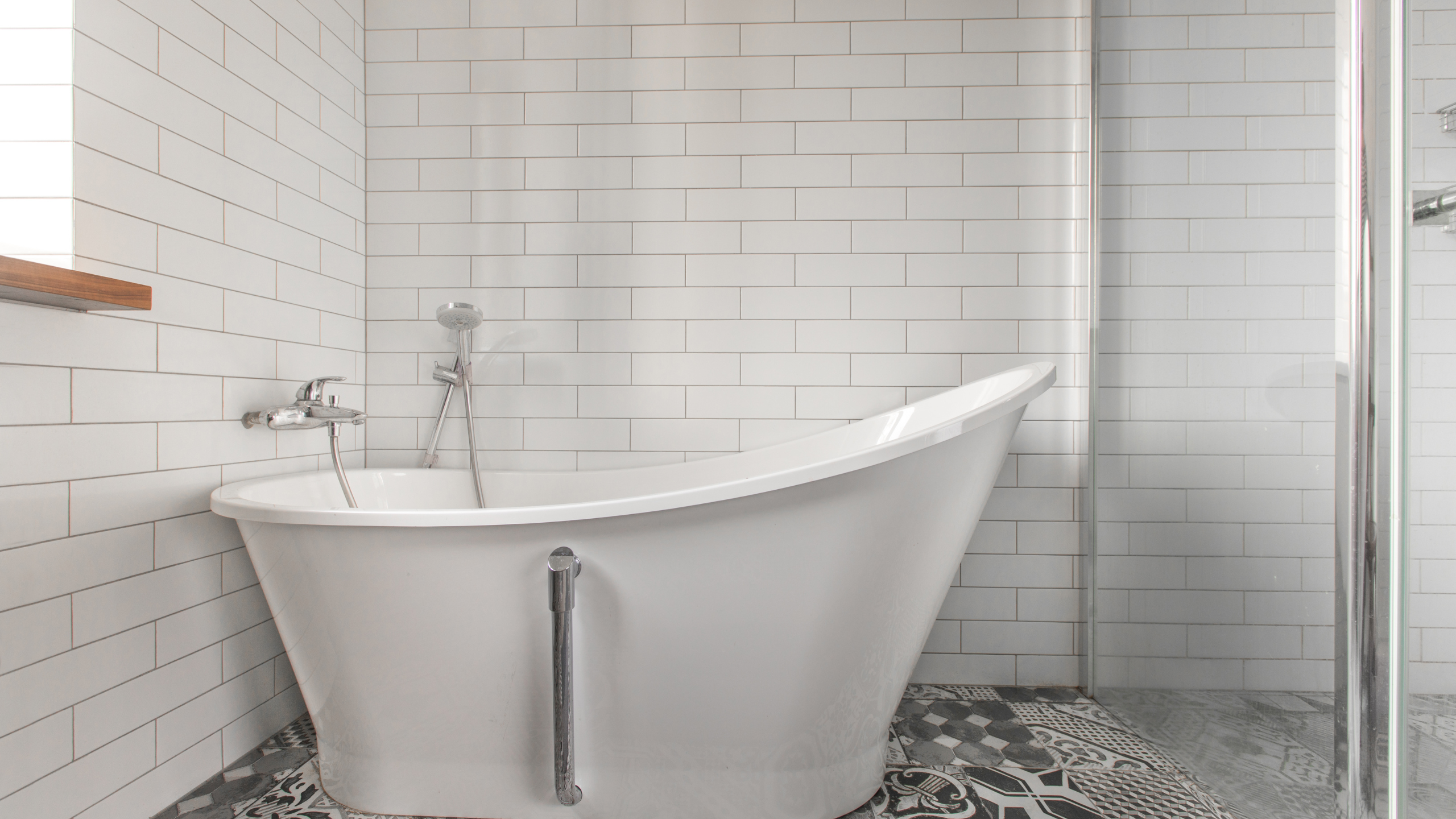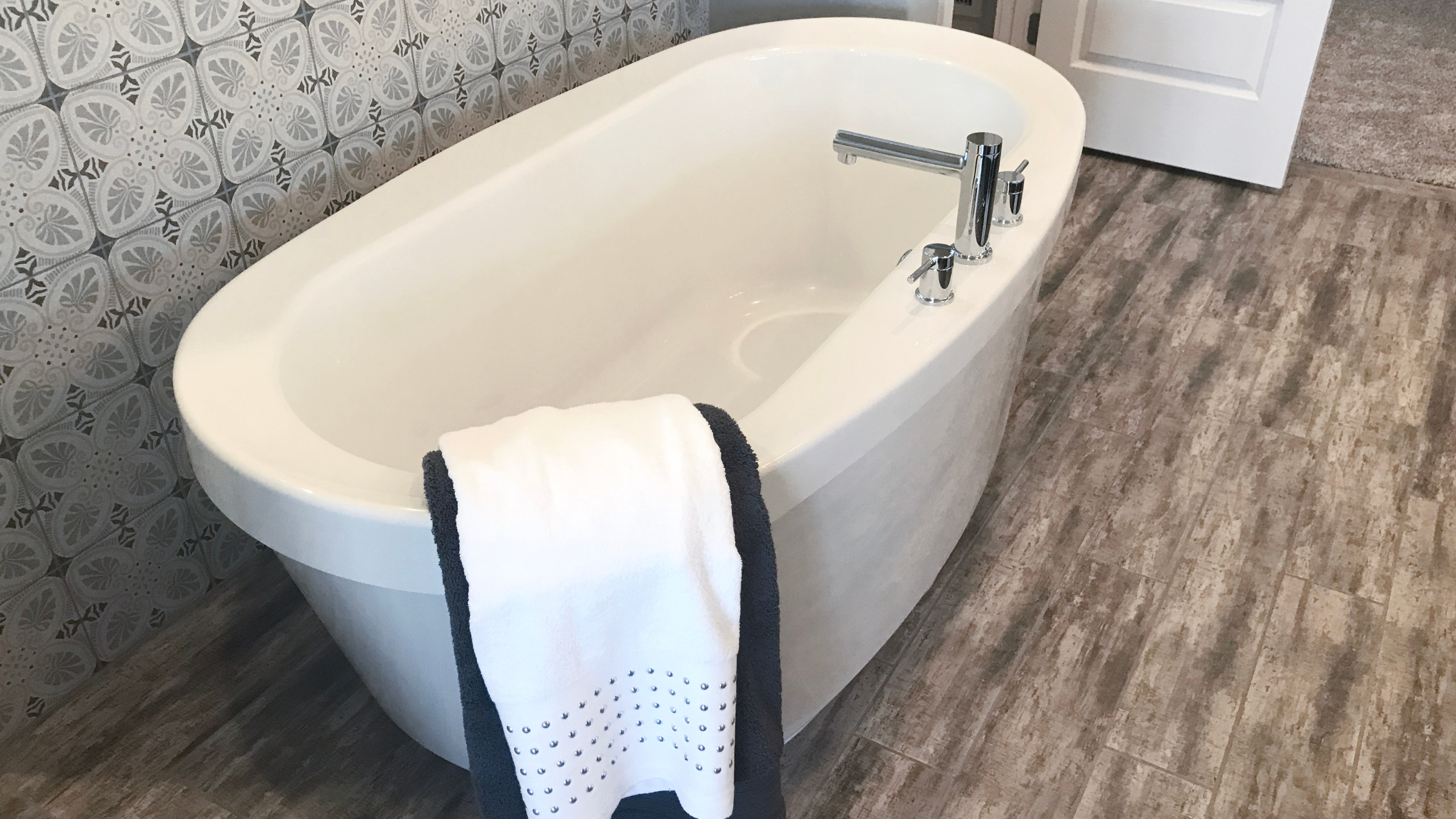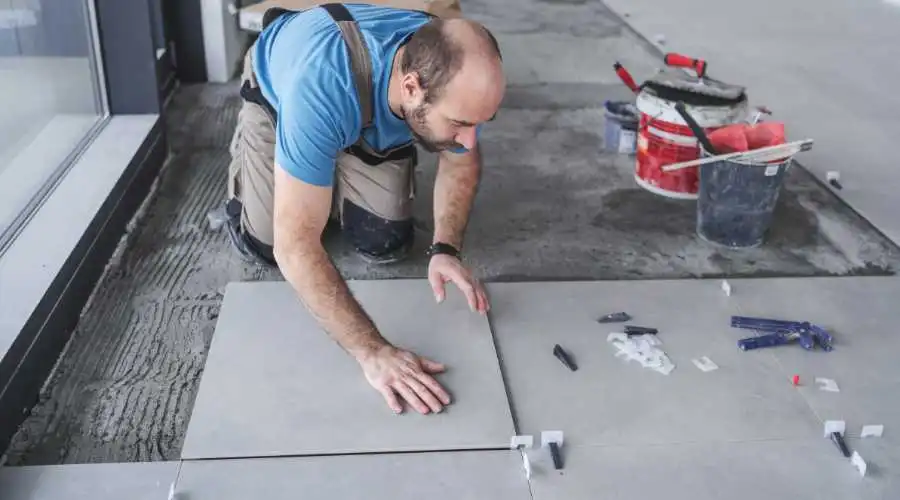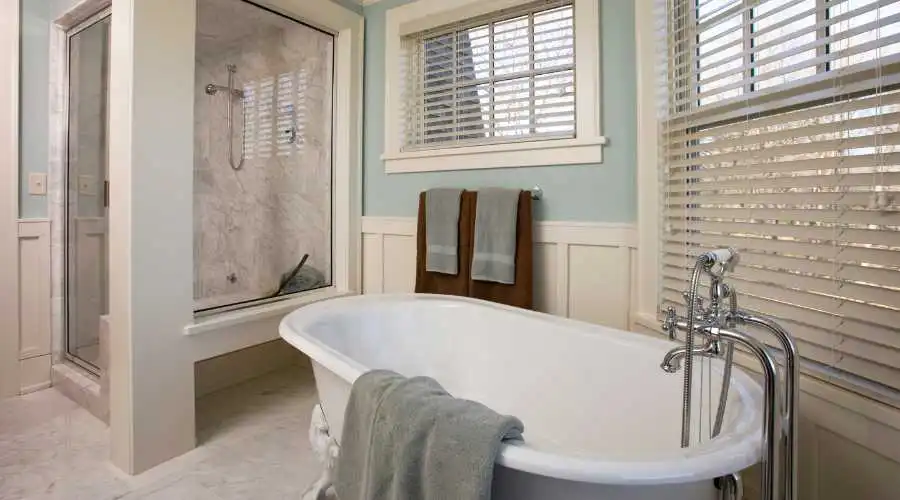One has two options if they are “blessed” with a 1950s bathroom that has pastel-colored tiles (peach? teal? fading yellow?). Either accept it or prepare to remodel. Reglazing tile, tubs, and sinks is the third alternative, which may be just as eye-catching as a total refurbishment without the additional time and expense.
You might be familiar with me by a different name: Other names for reglazing include resurfacing, refinishing, and even painting (although the latter name isn’t used in official contexts). However, the procedure is the same: After a specialist cleans the tile, sink, or tub in your home, they are then covered with an enamel, and the room is instantly transformed.
If you require a permanent or short-term remedy, reglazing might help you save money. The approach is also quite simple to use: To ensure that the enamel adheres to the tiles being reglazed, experts will acid-etch the tiles to remove the sheen and then chemically clean the surface to get rid of any leftover oil and grease. Tiles must be carefully cleaned and sanded before they can be painted once more. After that, three to four coats of high-gloss enamel will be sprayed over the surfaces. Since porous tiles would readily display stains, the need for a matte appearance cannot be met.
You might have been apprehensive about the fact that the new liquid enamel coating is sprayed on, but rest assured that this is the greatest approach to achieve a flawless gloss. Because both the grout and the tile have been enameled over (the enamel is only a few millimeters thick, so the grooves won’t be filled in), they will both appear uniform. You must wait at least 12 hours after the restroom has been reglazed before using it again. A reglazing job could be completed in a single day. Your grandmother’s old bathtub won’t be there for very long after that.

